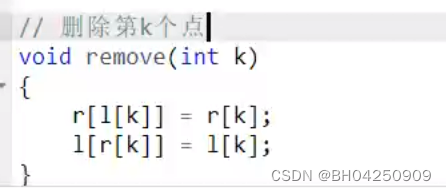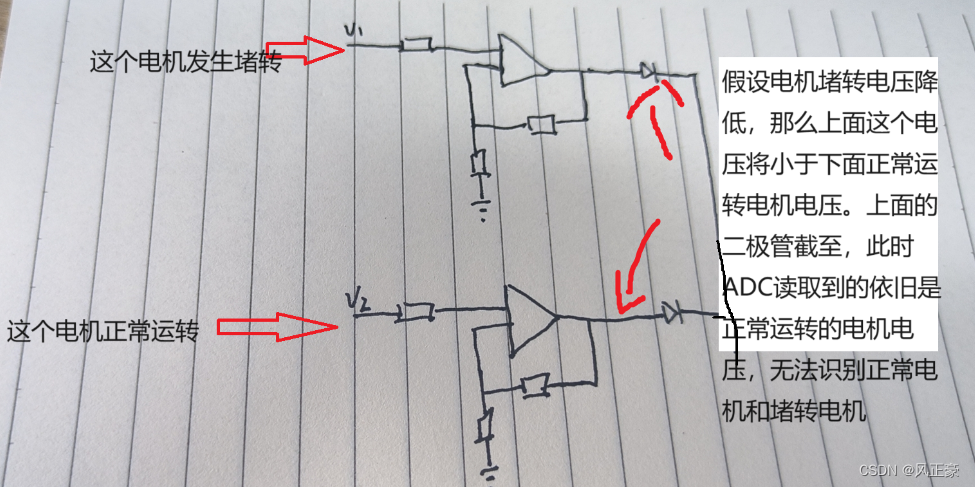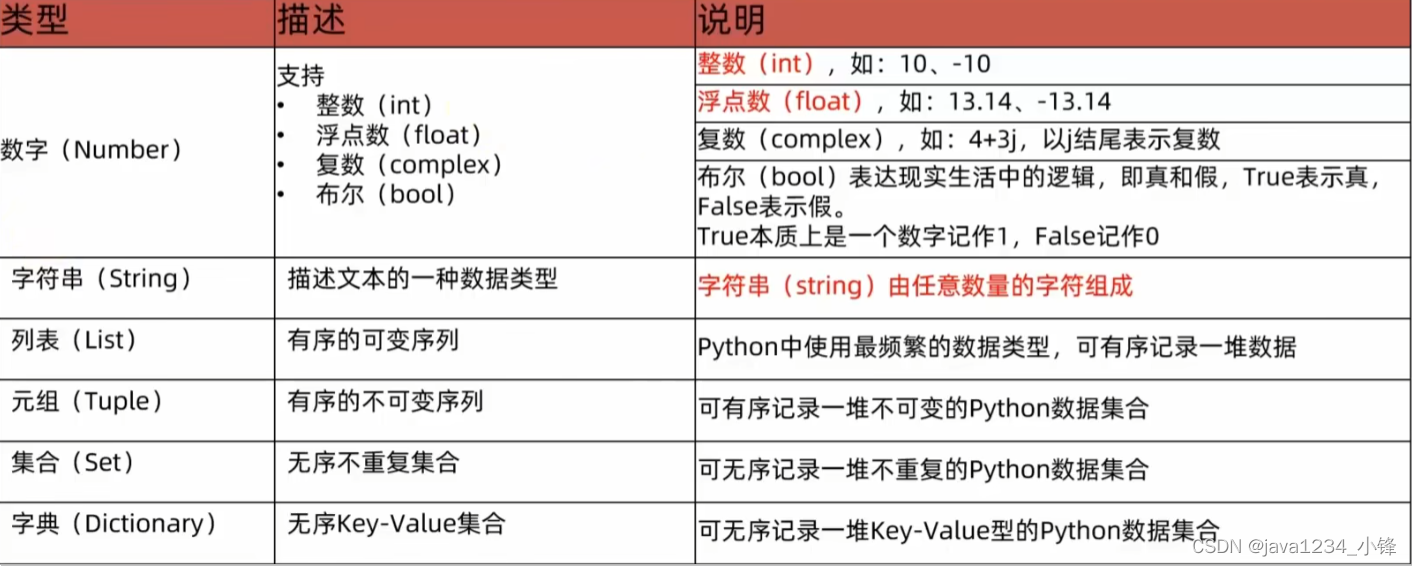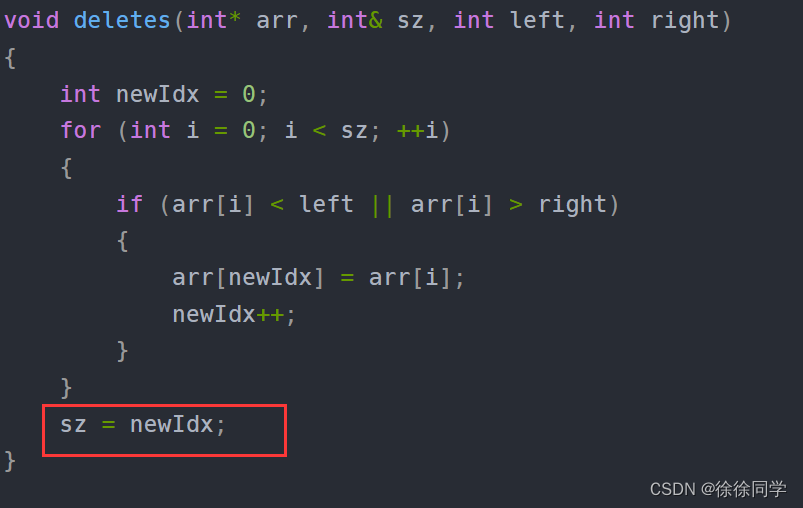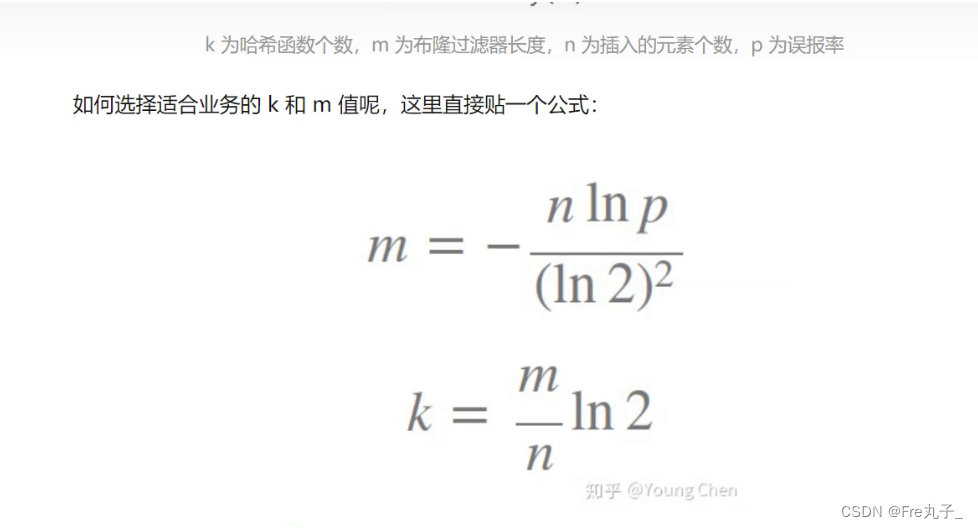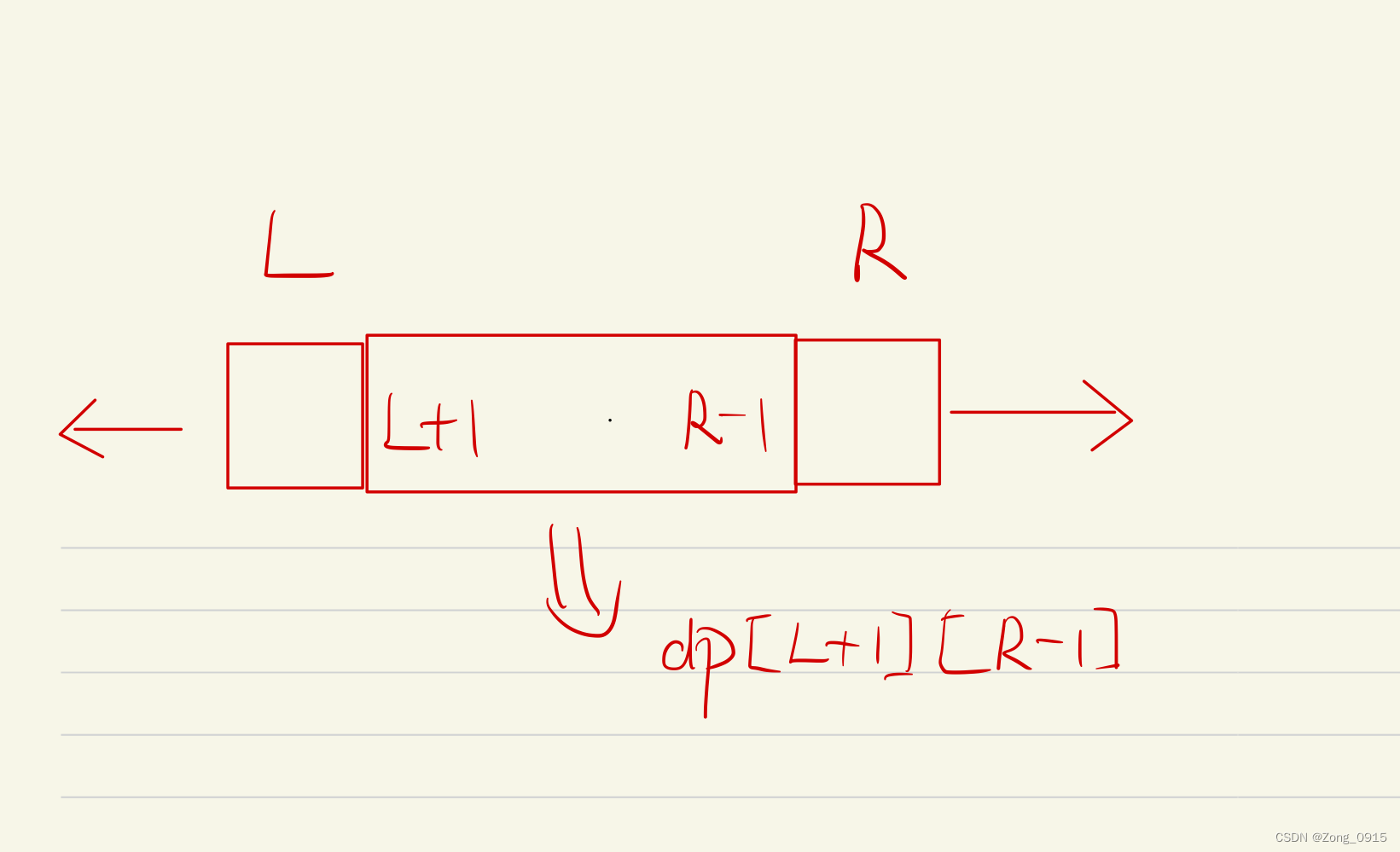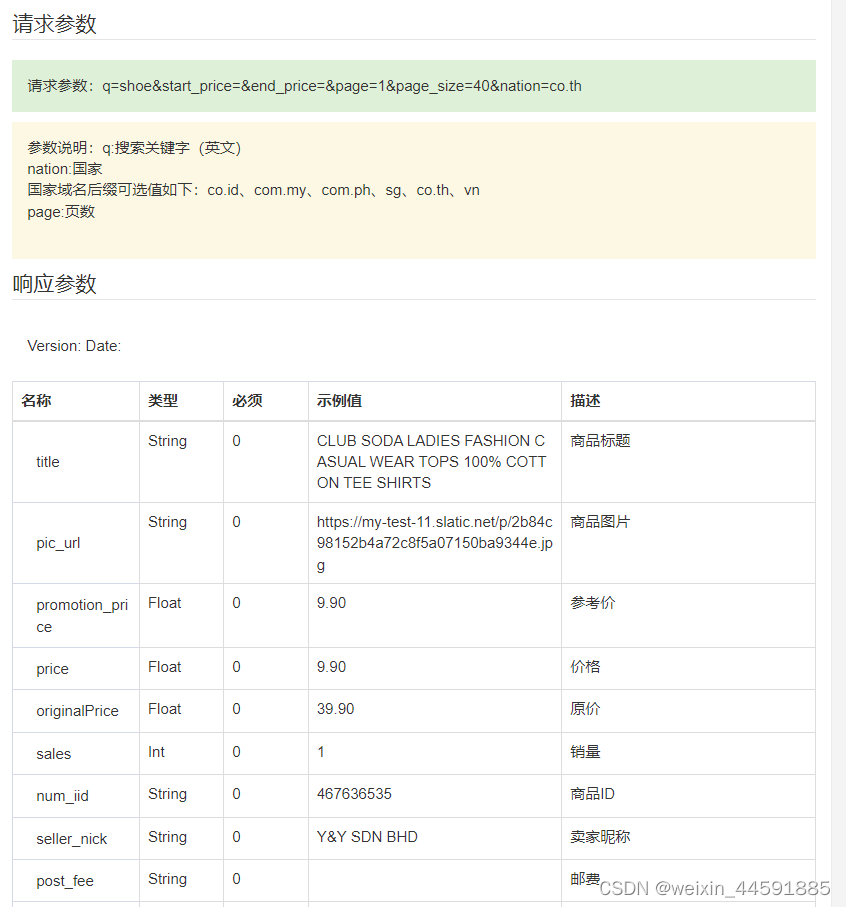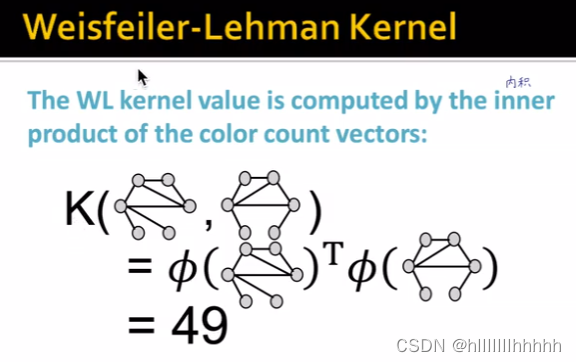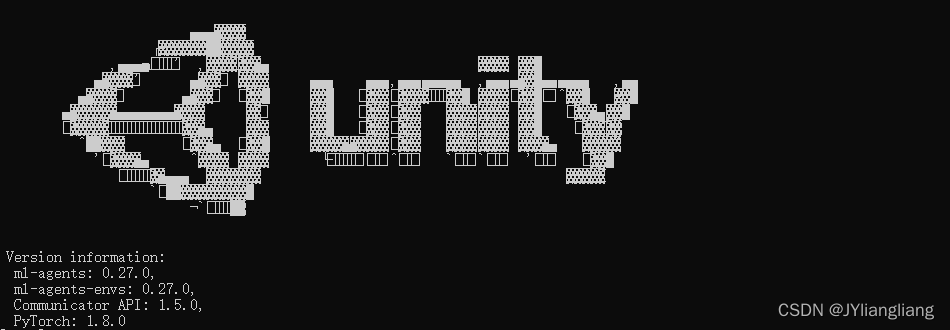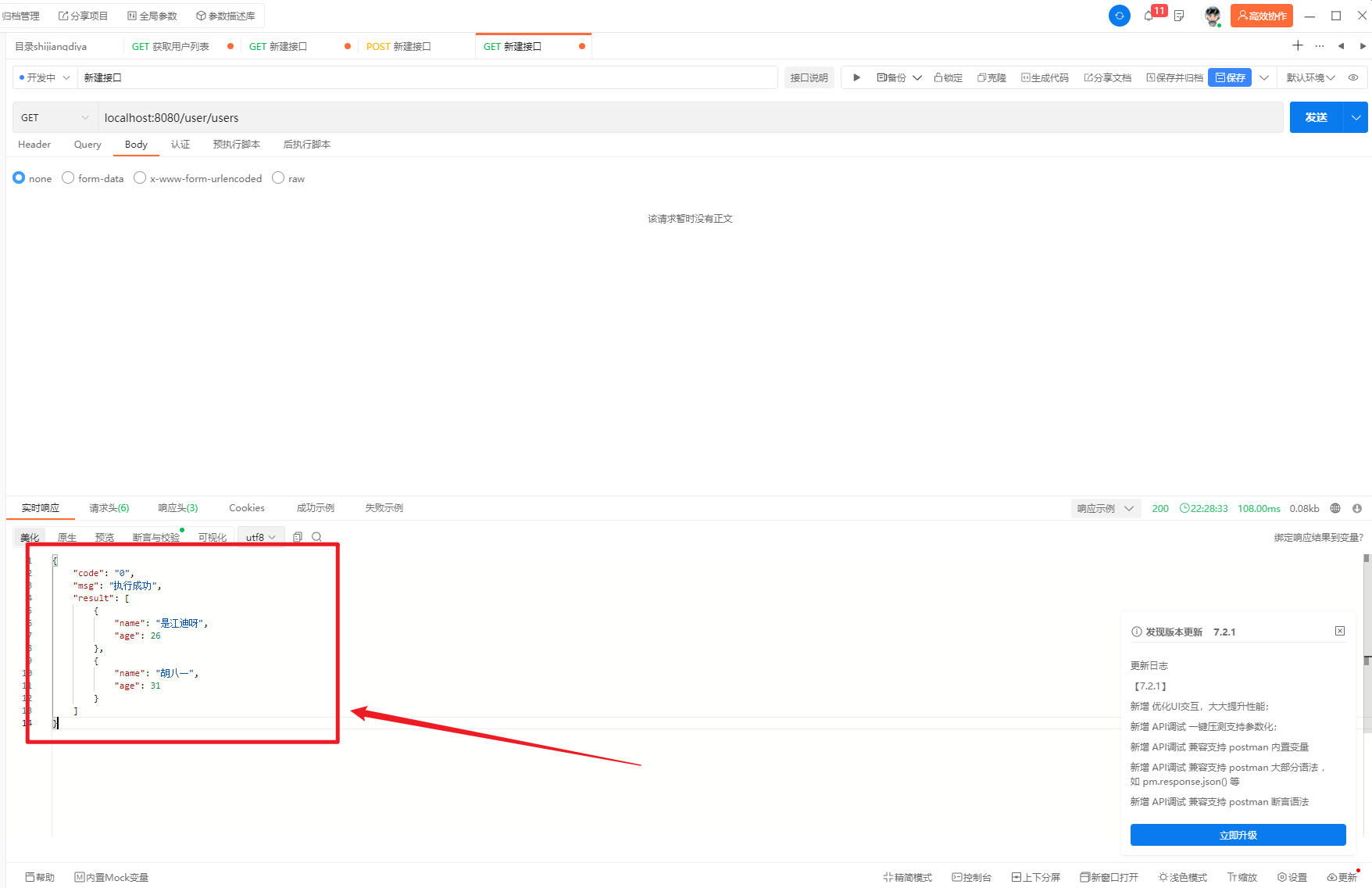1. 条件测试

- [ 和 ] 是一个用于执行条件测试的命令。它们必须用空格分隔开,并且在 [ 后面和 ] 前面必须有空格。
- -eq 是一个比较运算符,表示等于(equal)。它用于比较两个值是否相等。
2. 条件句
在 ifelseifelse.sh 文件中,
#!/bin/bash
if [ ${1,,} = herbert ]; then
echo "Oh, you're the boss here. Welcome!"
elif [ ${1,,} = help ]; then
echo "Just enter your username, duh!"
else
echo "I don't know who you are. But you're not the boss of me!"
fi

3. Case statement
在 admin.sh文件中,
#!/bin/bash
case ${1,,} in
herbert | administrator)
echo "Hello, you're the boss here!"
;;
help)
echo "Just enter your username!"
;;
*)
echo "Hello there. You're not the boss of me. Enter a valid username!"
esac

4. 数组

- 这个例子展示了如何创建一个数组。
- 如何打印数组的第一个元素。
- 如何打印整个数组。
- 如何打印数组某个位置的元素。
5. for 循环
for item in ${MY_FIRST_LIST[@]}; do echo -n $item | wc -c; done
输出为:
3
3
5
4
4
-
for item in ${MY_FIRST_LIST[@]}; do:这是一个for循环的开始,它将遍历名为MY_FIRST_LIST的数组中的所有元素。$item表示当前遍历到的数组元素。
-
echo -n $item:这部分命令用于打印(显示)当前数组元素的值,但-n选项表示不要在末尾添加换行符。这意味着它会把元素值输出在同一行。
-
|:这是管道符号,它将前一个命令的输出传递给后一个命令作为输入。
-
wc -c:这部分命令使用wc命令来统计字符数(字节数)。-c选项告诉wc只统计字符数,而不是单词数或行数。
-
“;”:这是命令分隔符,它用于将多个命令放在同一行。
-
done:这是for循环的结束标记,表示循环体的结束。
6. 函数
写一个显示计算机的运行时间和启动时间的脚本。
在firstfunction.sh中,
#!/bin/bash
showuptime(){
local up=$(uptime -p | cut -c4-)
local since=$(uptime -s)
cat << EOF
-----
This machine has been up for ${up}
It has been running since ${since}
-----
EOF
}
showuptime
输出为:

- uptime -p命令用于获取计算机的运行时间,然后使用cut -c4-命令将字符串的前三个字符(通常是"up ")去掉,以得到纯粹的运行时间。
- uptime -s命令用于获取计算机的启动时间。
- cat << EOF:这是一个Here Document结构,它用于创建一个包含多行文本的块。这里的EOF表示文本块的结束标记。
- showuptime:这一行表示调用定义的showuptime函数。
7. 函数和位置自变量
在 functionposargu.sh 文件中,
#!/bin/bash
showname(){
echo hello $1
}
showname Herbert

8. 函数和条件句
在 functionposargu.sh 文件中,
#!/bin/bash
showname(){
echo hello $1
if [ ${1,,} = herbert ]; then
return 0
else
return 1
fi
}
showname $1
if [ $? = 1 ]; then
echo "Someone unknown called the function!"
fi
- 条件句中,如果输入和位置变量为 herbert ,返回0;否则,返回1。

